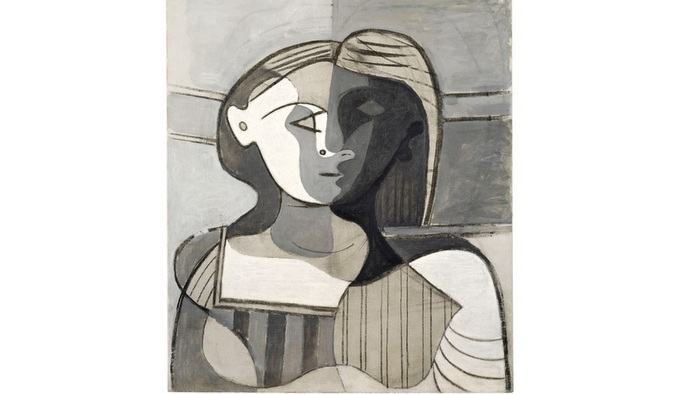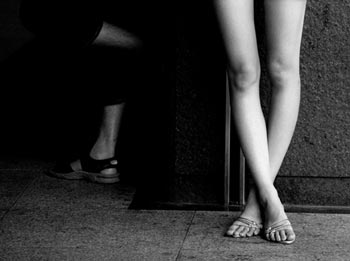
Women, femininity, intimacy, from the feet and sometimes the legs of young Japanese women is the topic chosen by Cesar Ordoñez for his exhibition Ashimoto showcased until may 15 at the Mediadvanced Gallery in Gijon.
This island nation named Japan and especially Tokyo is a world of huge contrasts that coexist in total harmony, full of lights and shades, of insinuations and also misinterpretations. It is an unexpected mix of feelings that in some cases could bewilder strangers. It is a scenario full of infinite layers that overlapped and interact with each other, full of small nuances that can be perceived only by slowing down the pace; but at the same time and despite appearances, there is a great and pleasant intimacy. The mixture of color and black and white images in this series pretends to mirror, in a symbolic way, that colorful, rich and complex reality.
The title of the project also plays with these concepts. In Japanese, the word ashimoto does not always mean something concrete. It can be translated as “step” or “at your feet”, but what made it be chosen as title of this project was its translation as “around the feet.” Thus, like works of art do, this word can have multiple readings: in reference to the foot, or the foot including the heel and part of the leg…or just to the part noticed through the pleat of a kimono.
All the women who participated in this project, which is the fruit of casual encounters on Tokyo streets, did it without expecting anything in return. The fact that the “photographed” women were fully aware of it doesn’t mean that scenes were previously built. Maybe only the atmosphere was prepared so that the scene could come naturally.
About Cesar Ordoñez, critic Màrius Domingo wrote: “to refer to reality, Buddhism uses the word sunya, meaning “empty”. That is also the name for number zero. The observer fills the reality, which, without his presence, would be empty, in the same way that a mathematician can not work without one number, zero, which is a kind of antithesis of number. Photographer Cesar Ordoñez proposes a closer look to the Japanese reality based on the term ashimoto, which could be translated as the part of the woman’s foot that can be seen through the pleat of a kimono. But in fact ashimoto is a concept with multiple meanings that can also refer to the foot, or part of the foot. In the same way, the images displayed by the artist have many connotations: they insinuate more than what they show, and they show just what we need to see to get an idea of where the photographed objects are coming from and are heading to.
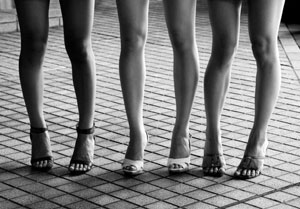 “Based on the concept of candid shot and after leading a thorough work in Japan throughout the last few years, Ordoñez achieved different things. Firstly, he stamps a clear and distinguishable style, and secondly, he attained a particular way of expressing himself that tells us about something new and that, in the end, explains a story. We are used to photographers who achieve their own style and in fact, this is one of the goals for most photography schools. Unfortunately, finding a particular style, as the final and only objective, is actually some sort of sunya, of emptiness, that only the artist can fill with his creative work.”
“Based on the concept of candid shot and after leading a thorough work in Japan throughout the last few years, Ordoñez achieved different things. Firstly, he stamps a clear and distinguishable style, and secondly, he attained a particular way of expressing himself that tells us about something new and that, in the end, explains a story. We are used to photographers who achieve their own style and in fact, this is one of the goals for most photography schools. Unfortunately, finding a particular style, as the final and only objective, is actually some sort of sunya, of emptiness, that only the artist can fill with his creative work.”
Cesar Ordoñez was born in Barcelona where he made his first few photo exhibitions late in the 1980s. After a period in which he combined his artistic work with advertising and fashion photography, in the last few years he set the grounds in Barcelona and Tokyo to develop his personal projects, going back full time to his most intimate, vital and reflexive work. He built, beyond the eastern-western dichotomy, his own plastic and conceptual style as the fruit of the exchange of ideas and experiences resulting from the contact with the eastern nation. This is how his three latest “Tokyan” projects emerged: Ashimoto, Kagami and Intimacy.
Ordoñez’s works has been exhibited in several galleries in Spain such as Rita Castellote (Madrid), H2O and Valid Foto (Barcelona), and more recently in Mexico’s Patricia Conde Gallery as part of the Arte ZonaMACO Fair. His works form part of the following collections: Auer Photo Foundation (Geneva, Switzerland) and Fundació Fotocolectania (Barcelona, Spain).
Mediadvanced Gallery, Ezcurdia 8, 33202 Gijon: www.mediadvanced.es
Related Publications
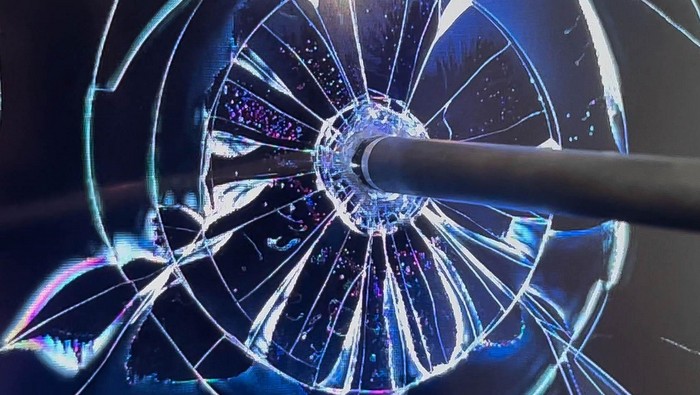
Leo Pum presents HYPER LIKE at HYPER HOUSE
December 18, 2025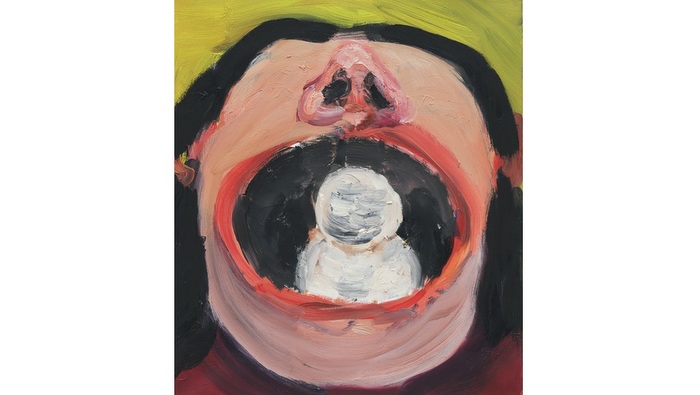
Aargauer Kunsthaus. Klodin Erb. Curtain falls dog calls
December 17, 2025

